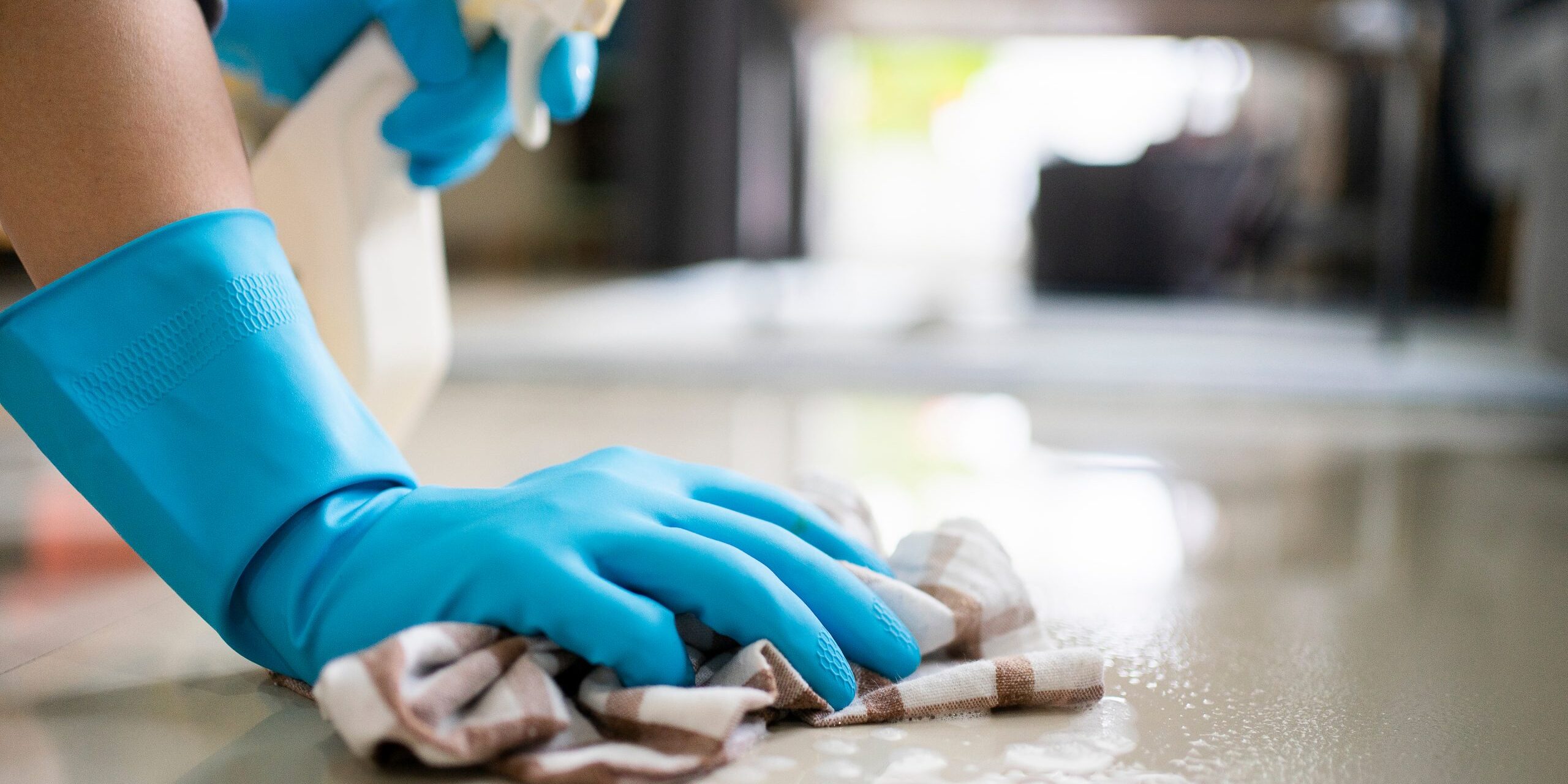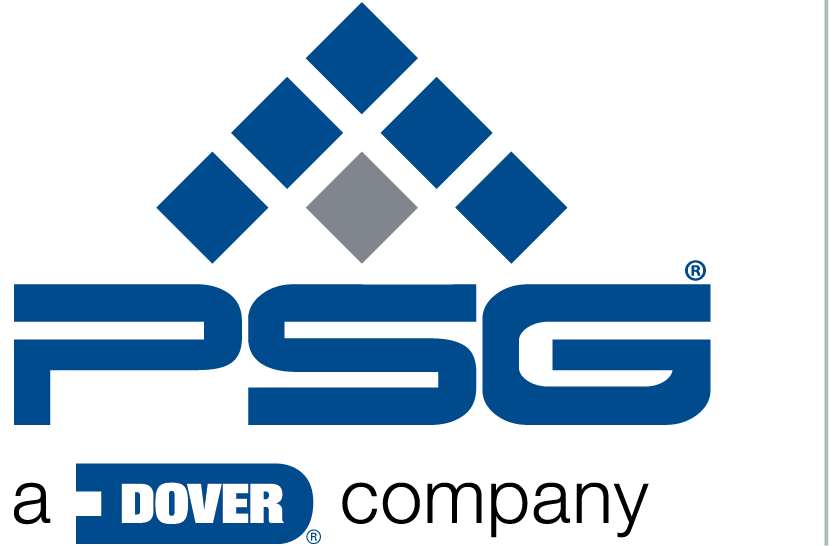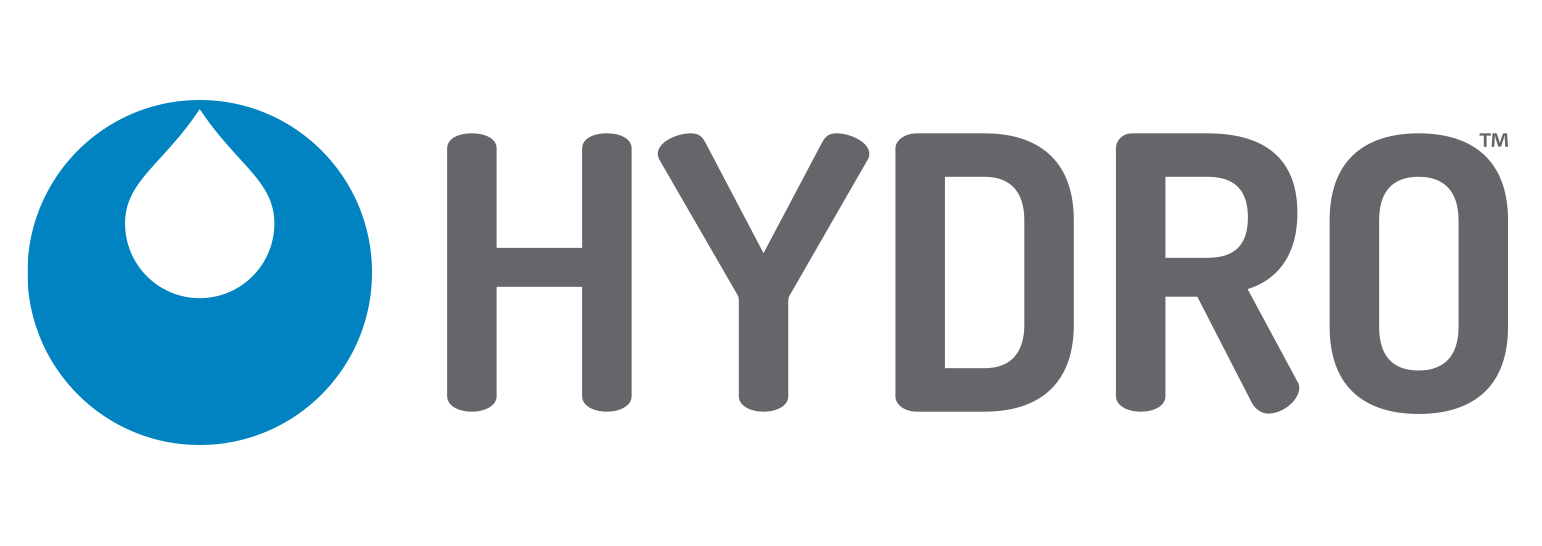Blog: How to Achieve Proof of Clean

By: Matt Hayas, Global Product Manager, Hydro Systems
In 2021, the concept of new beginnings at the start of a new year has more meaning than ever before. With vaccines for COVID-19 making their way around the world, we finally have light at the end of a long, dark tunnel that consumed much of the previous year. While we are hopeful that vaccinations will reduce the spread of the virus, it is still important that people and organizations continue to follow guidelines that limit exposure while the process of building society’s immunity unfolds.
This includes regular cleaning and disinfecting, which is just as important now as it was in 2020. Following vaccination, an increasing number of people, including those with compromised immune systems, will want to resume visiting places like retail stores, commercial offices, academic buildings and more with regular frequency. Cleaning and disinfecting help remove or eliminate surface pathogens that can lead to outbreaks.
So how can facility managers showcase that they are continuing to prioritize cleanliness this year?
Read on for tips about validating your facility’s cleaning procedures and ensuring that cleaning is a visible process.
Best Practices for a Better Clean
Consider the following recommendations to ensure that your cleaning program is as effective as it is designed to be, and that it makes a positive impression on your organization’s customers, prospects, stakeholders and employees.
- Review your product’s efficacy claims – Facility managers can rest assured that surfaces are truly clean by first checking their product labels to confirm efficacy claims. You can also check the U.S. Environmental Protection Agency’s List N to see if your disinfectant is effective against SARS-CoV-2, the virus that causes COVID-19. Following the label instructions, such as keeping the surface wet for the recommended dwell time, also provides peace of mind that products are working as intended.
- Use products at the proper concentrations – Diluting a product too much or too little can impact its performance. For example, the product may not inactivate all pathogens, may leave behind a residue that negatively impacts the surface aesthetics, or lead to increased buildup of soils and germs. Chemical dispensers enable employees to properly dilute chemicals each time they are used. In addition to improving product performance, dispensers reduce overuse of chemicals and maintain consistent cleanliness throughout a facility or across several buildings. You can opt for handheld dispensers or wall-mounted units that store multiple cleaning and disinfecting solutions.
- Conduct daytime cleaning – Cleaning while others are present in your facility is one of the easiest ways to demonstrate your commitment to cleanliness. Rescheduling cleaning from late-night shifts to daytime hours can also improve employee morale. Employees may need guidance on how best to clean while customers or other guests are present, so be sure to set aside extra time for training if you decide to pivot to daytime cleaning. Every so often, you can also verify that employees are adhering to best practices and training. Monitoring their approach and reviewing surfaces once cleaning is complete can give managers a better sense of whether cleaning processes are followed.
- Eliminate odors –More than half (56%) of Americans would assume a facility is not clean if they smelled a foul odor. Give customers reassurance that areas like restrooms – and the rest of your facility – are clean by keeping unpleasant odors from permeating. Contrary to popular belief, this does not mean that you need to use fragranced cleaning products to demonstrate cleanliness. Simply ensuring that surfaces are clean and there is a lack of malodors will suffice.
- Check surfaces with a luminometer – If you want to take validation to the next level, consider implementing adenosine triphosphate (ATP) testing. This process requires you to swab surfaces after cleaning and disinfecting is complete. A handheld luminometer then measures the level of ATP on the swab to showcase how much organic matter remains. High volumes of ATP signal a need to disinfect more thoroughly, while low numbers highlight a job well done by cleaning professionals.
- Implement touchless devices – Hand hygiene will always remain a critical step in limiting the spread of infection. Consider adding touchless hand soap and sanitizer dispensers throughout your facility that can be used frequently by your employees and guests. Additionally, adding other touchless devices such as sinks, paper towel dispensers and automatic light switches can reduce high-touch surfaces and support a cleaner space.
Cleanliness Creates Advantages
Organizations that prioritize cleanliness set themselves up for success. This is because cleanliness has the power to positively influence the opinions and actions of consumers and other occupants and visitors of a facility. The benefits include improved brand perception, longer shopping trips and larger transactions, and greater loyalty and repeat visits. Taking a smarter approach to facility maintenance can also have a positive impact on sustainability as well as the health and safety of building occupants. By incorporating some or all of the above best practices, facilities can highlight their dedication to cleaner and safer indoor environments.

Customer Service and Technical Support
Call 1-800-543-7184 Monday-Friday 8am - 5pm EST











